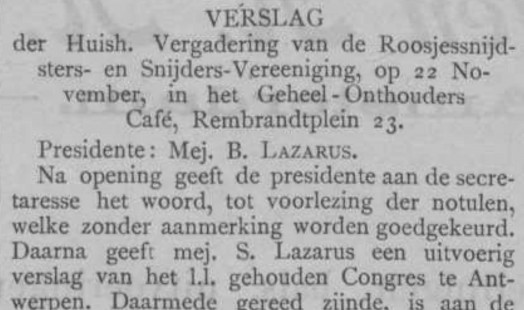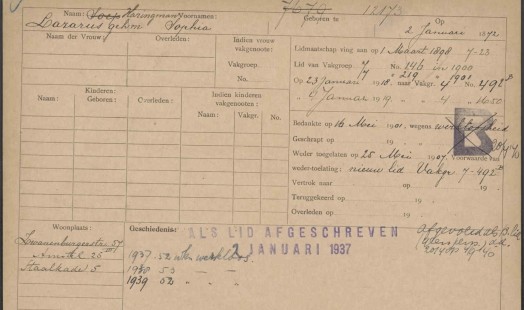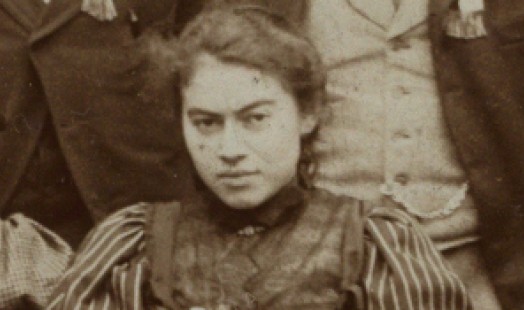Betje and Sophie Lazarus
01 July 2019 - 10:01
In December 1895 Betje and Sophie attended a public meeting of the ANDB together. That meeting was convened to convince diamond workers who were not yet organized to join the trade union. Rose cutters were among the group addressed.
On the left photo is Sophia Lazarus, on the one at the right is Betje Lazarus.













